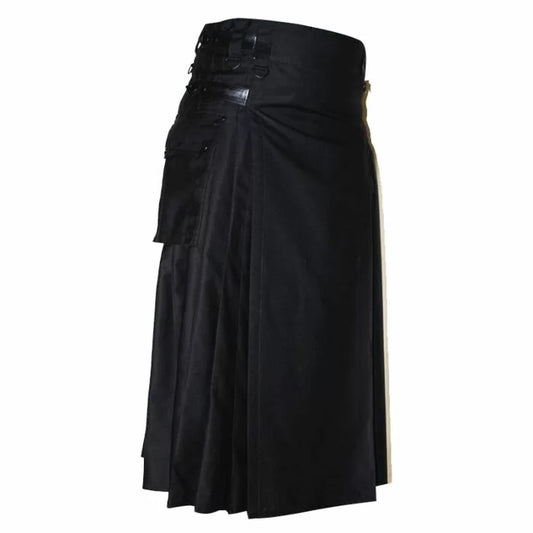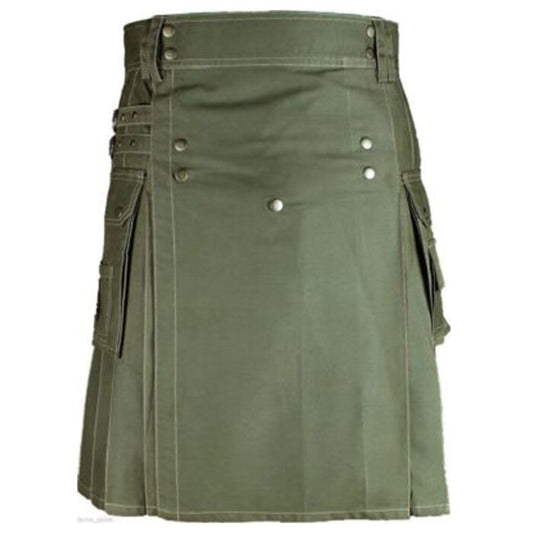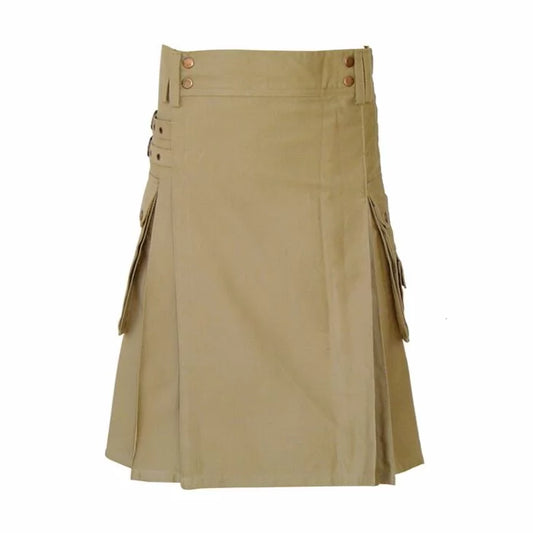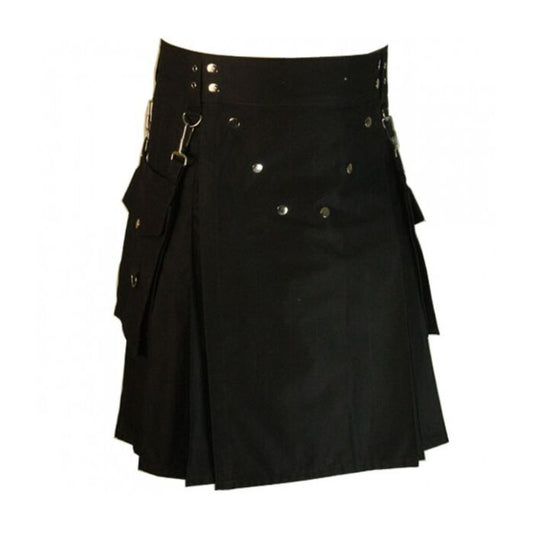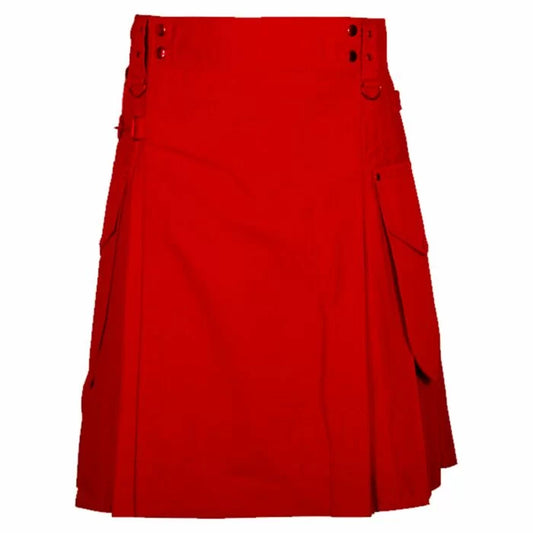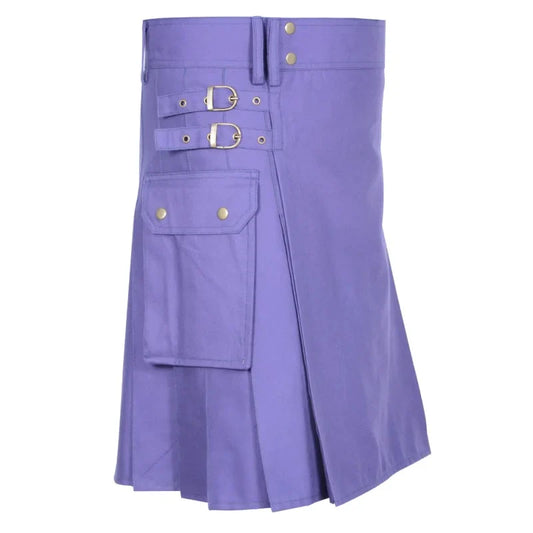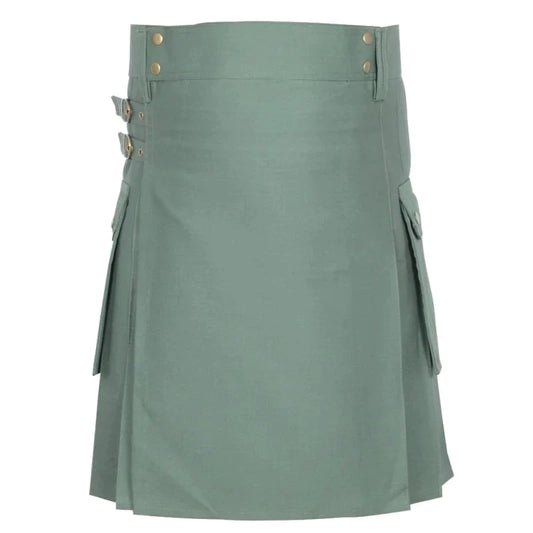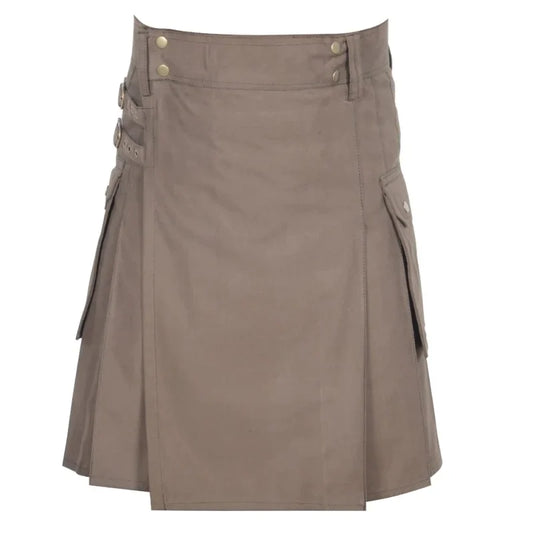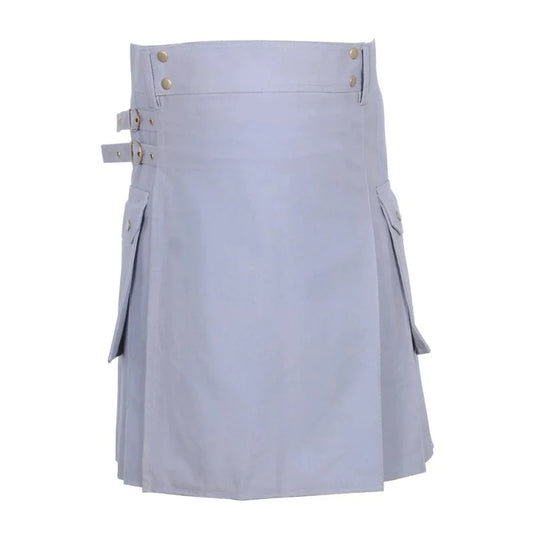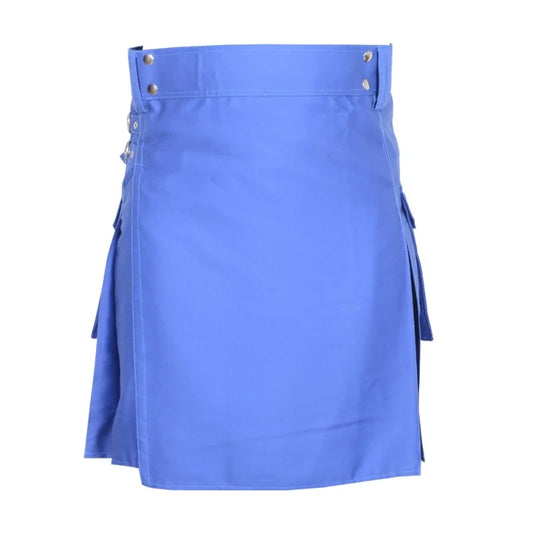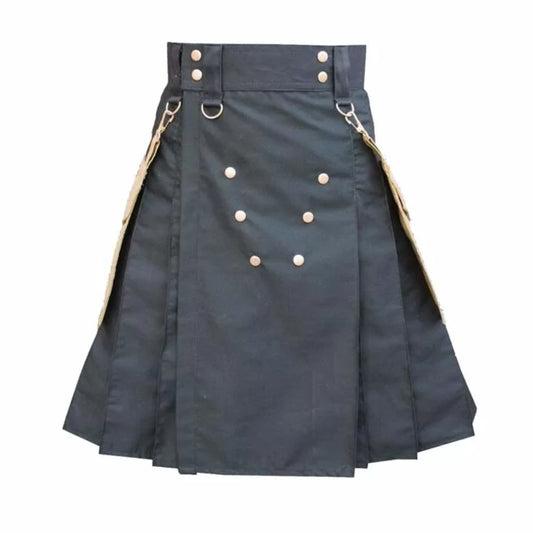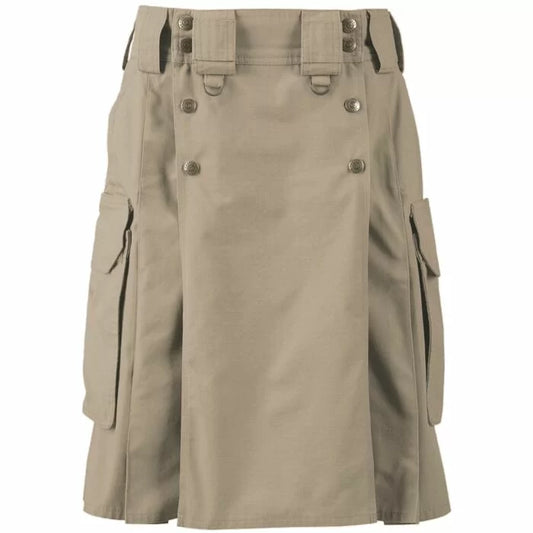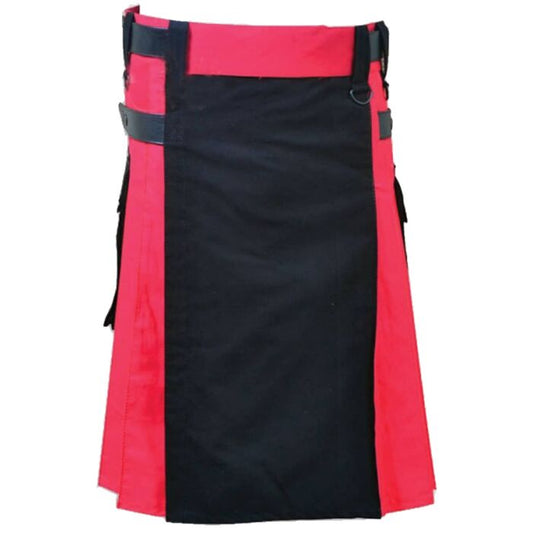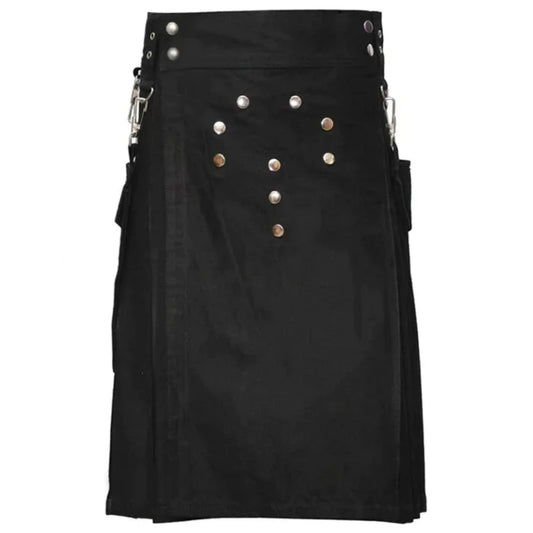-
 Sale
SaleKhaki Utility Kilt
Regular price $123.00 CADRegular priceUnit price / per$136.00 CADSale price $123.00 CADSale -
Men Long Fashion Utility Kilt
Regular price $123.00 CADRegular priceUnit price / per$137.00 CADSale price $123.00 CADSale -
Hiking Kilts for Men - Kilts for Hikers
Regular price $123.00 CADRegular priceUnit price / per$136.00 CADSale price $123.00 CADSale -
Work Kilt for Working Men
Regular price $123.00 CADRegular priceUnit price / per$136.00 CADSale price $123.00 CADSale -
Detachable Pockets Utility Kilt
Regular price $123.00 CADRegular priceUnit price / per$123.00 CADSale price $123.00 CAD -
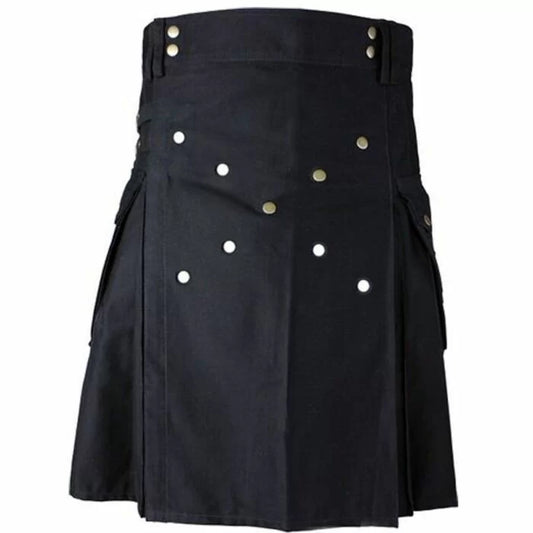 Sale
SaleWorking Men Kilt
Regular price $123.00 CADRegular priceUnit price / per$136.00 CADSale price $123.00 CADSale -
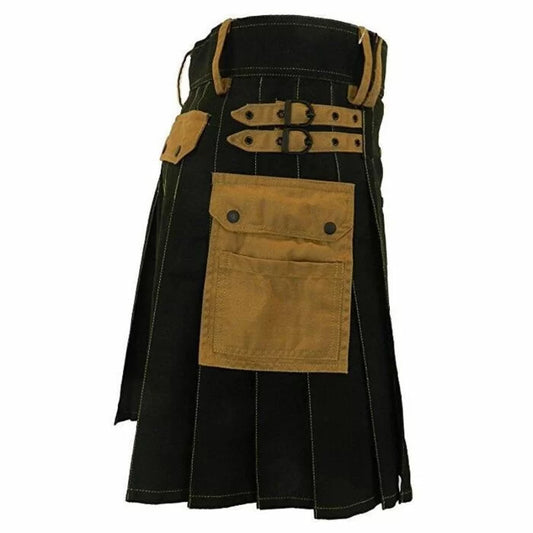 Sale
SaleDeluxe Utility Kilt
Regular price $123.00 CADRegular priceUnit price / per$136.00 CADSale price $123.00 CADSale -
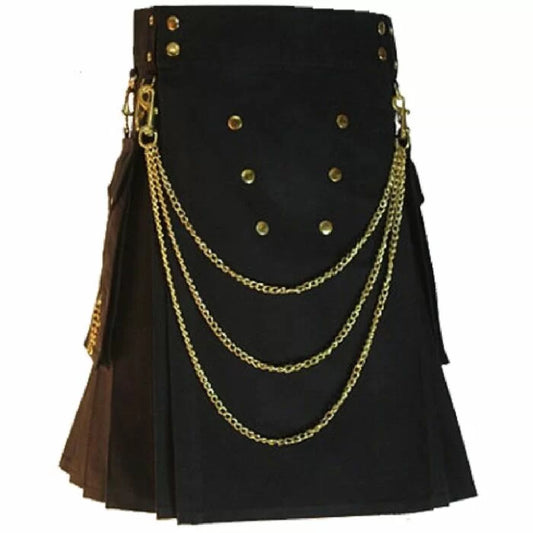 Sale
SaleSteampunk Kilt
Regular price $117.00 CADRegular priceUnit price / per$130.00 CADSale price $117.00 CADSale -
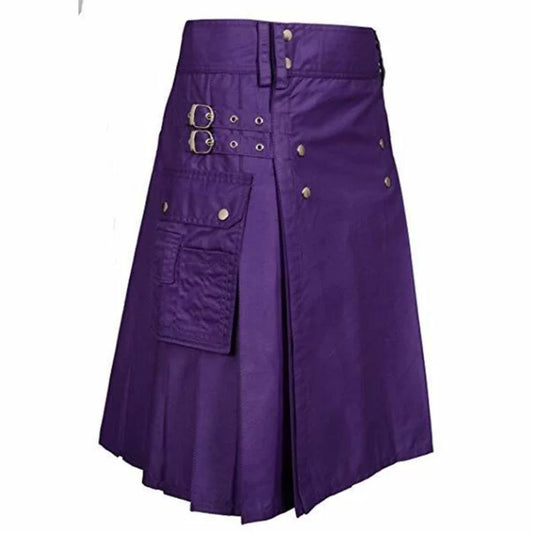 Sale
SaleUtility Kilt Purple
Regular price $123.00 CADRegular priceUnit price / per$136.00 CADSale price $123.00 CADSale -
Scottish Men's Made to Measure Handmade Red Utility Kilt For Men
Regular price $123.00 CADRegular priceUnit price / per$136.00 CADSale price $123.00 CADSale -
Scottish Men's Utility Kilt Made to Measure Handmade Utility Kilt For Men
Regular price $123.00 CADRegular priceUnit price / per$136.00 CADSale price $123.00 CADSale -
Scottish Made to Measure Handmade Utility Kilt For Men
Regular price $123.00 CADRegular priceUnit price / per$136.00 CADSale price $123.00 CADSale -
Utility Kilt For Mens
Regular price $123.00 CADRegular priceUnit price / per$136.00 CADSale price $123.00 CADSale -
Light Gray Utility Kilt
Regular price $123.00 CADRegular priceUnit price / per$136.00 CADSale price $123.00 CADSale -
Cornflower Blue Utility Kilt
Regular price $123.00 CADRegular priceUnit price / per$136.00 CADSale price $123.00 CADSale -
Detachable Pockets Utility Kilt
Regular price $123.00 CADRegular priceUnit price / per$136.00 CADSale price $123.00 CADSale -
Tactical Duty Utility Kilt
Regular price $123.00 CADRegular priceUnit price / per$136.00 CADSale price $123.00 CADSale -
Utility Kilt Black And Red
Regular price $123.00 CADRegular priceUnit price / per$136.00 CADSale price $123.00 CADSale -
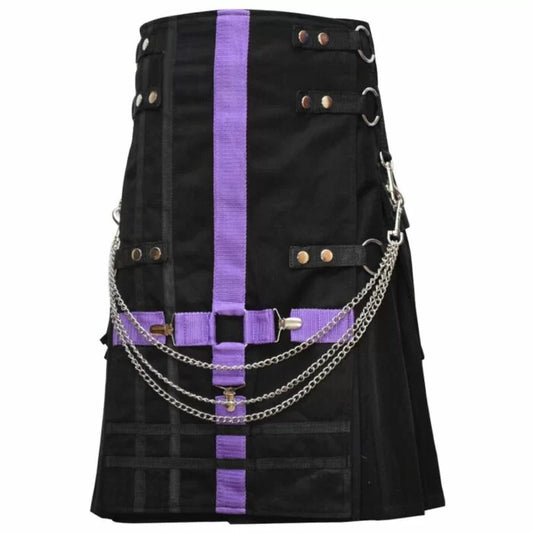 Sale
SaleUtility Kilt Seattle
Regular price $123.00 CADRegular priceUnit price / per$136.00 CADSale price $123.00 CADSale -
Mens Black Utility Kilt
Regular price $123.00 CADRegular priceUnit price / per$136.00 CADSale price $123.00 CADSale -
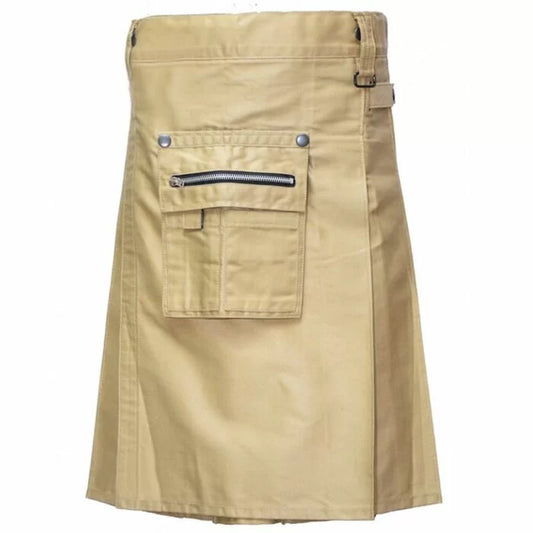 Sale
SaleKhaki Utility Kilt
Regular price $123.00 CADRegular priceUnit price / per$136.00 CADSale price $123.00 CADSale -
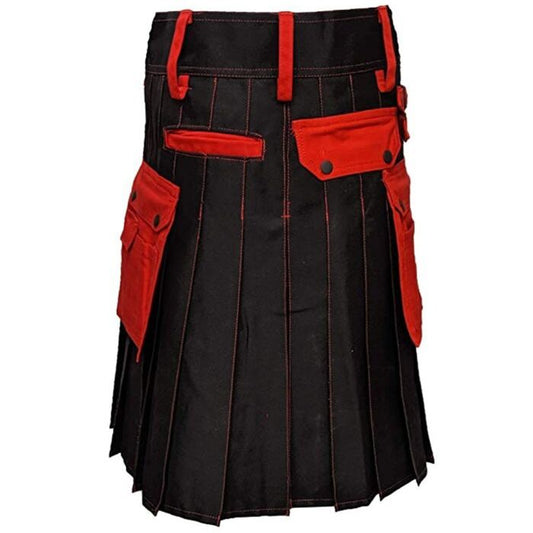 Sale
SaleMen's Utility Kilt
Regular price $123.00 CADRegular priceUnit price / per$136.00 CADSale price $123.00 CADSale -
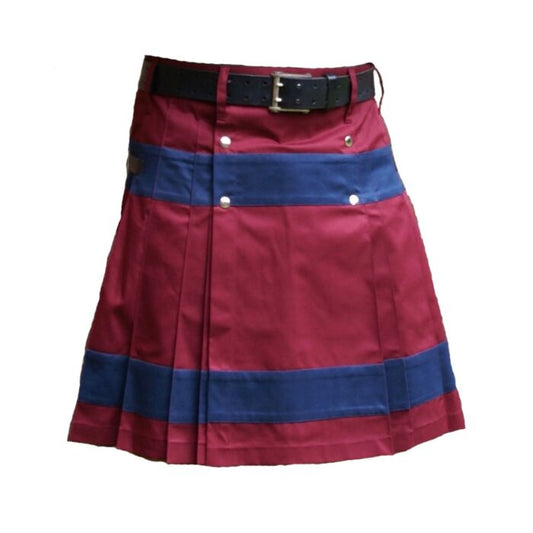 Sale
SaleMaroon Utility Kilt
Regular price $123.00 CADRegular priceUnit price / per$136.00 CADSale price $123.00 CADSale -
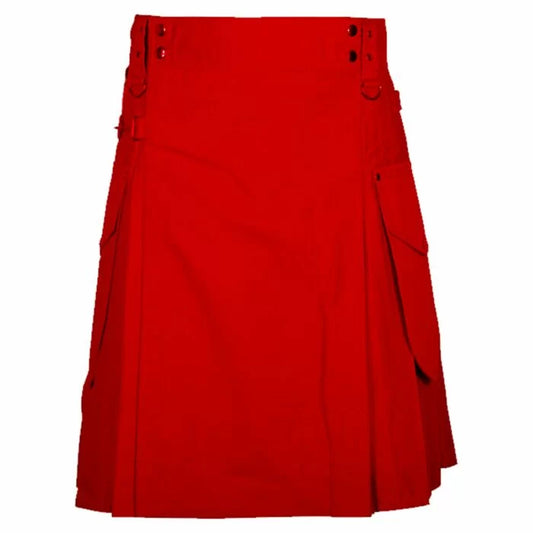 Sale
SaleRed Utility Kilt
Regular price $123.00 CADRegular priceUnit price / per$136.00 CADSale price $123.00 CADSale
Collection: Kilts
Kilts: A Comprehensive Guide to Scotland's Iconic Garment
Introduction: The kilt stands as one of Scotland's most iconic symbols, synonymous with Scottish heritage, tradition, and identity. This comprehensive guide explores the rich history, cultural significance, diverse types, construction methods, and modern adaptations of the kilt.
1. History and Origins:
- The earliest evidence of kilts dates back to the 16th century, with depictions of tartan-clad Scottish warriors.
- The modern kilt's design emerged in the 18th century, evolving from the "belted plaid" or "great kilt," a large piece of tartan fabric worn belted around the waist and draped over the body.
2. Cultural Significance:
- Kilts are deeply intertwined with Scottish culture and identity, serving as symbols of pride, heritage, and tradition.
- They are worn on various occasions, including weddings, Highland games, formal events, and cultural festivals, where they reflect the wearer's clan affiliation, social status, or personal style.
3. Types of Kilts:
- Traditional Kilts: Made from wool tartan fabric, traditional kilts are pleated at the back and typically feature a tartan pattern associated with a specific clan or region.
- Modern Kilts: Contemporary kilts come in various styles, including utility kilts, fashion kilts, and hybrid kilts, offering different cuts, fabrics, and designs to suit individual preferences.
- Hiking Kilts: Designed for outdoor enthusiasts, hiking kilts are lightweight, durable, and often feature practical pockets and quick-drying materials suitable for hiking and outdoor activities.
4. Construction and Design:
- Kilts are constructed using several yards of tartan fabric, traditionally made from wool, though modern variations may use cotton, polyester, or blended fabrics.
- The pleats of a kilt are carefully tailored and stitched to ensure they lie flat when worn, with the sett (pattern) of the tartan aligning across the pleats.
- Kilts are typically fastened at the waist with straps and buckles called "kilt belts," and they may feature additional closures such as buttons or Velcro.
5. Famous Wearers of Kilts:
- Throughout history, numerous notable figures have embraced the kilt as a symbol of Scottish pride and identity, including:
- King George IV, who famously wore a kilt during his visit to Scotland in 1822.
- Sir Sean Connery, the renowned actor and proud Scotsman, often seen wearing a kilt at formal events and film premieres.
- Sir Chris Hoy, the Olympic cyclist, has been known to sport a kilt on ceremonial occasions, showcasing his Scottish heritage.
6. Manufacturing Process:
- The manufacturing process of kilts involves several steps, including selecting and weaving the tartan fabric, pleating and sewing the fabric to create the kilt, and adding finishing touches such as belt loops, closures, and hemming.
- Traditional methods of kilt-making require skilled craftsmanship and attention to detail, with many kilts still handcrafted by skilled artisans in Scotland.
Conclusion: The kilt stands as a timeless symbol of Scotland's rich cultural heritage, embodying tradition, pride, and identity. Whether worn for formal events, cultural celebrations, or everyday wear, the kilt continues to captivate wearers and admirers around the world, serving as a proud reminder of Scotland's enduring legacy and vibrant traditions.


